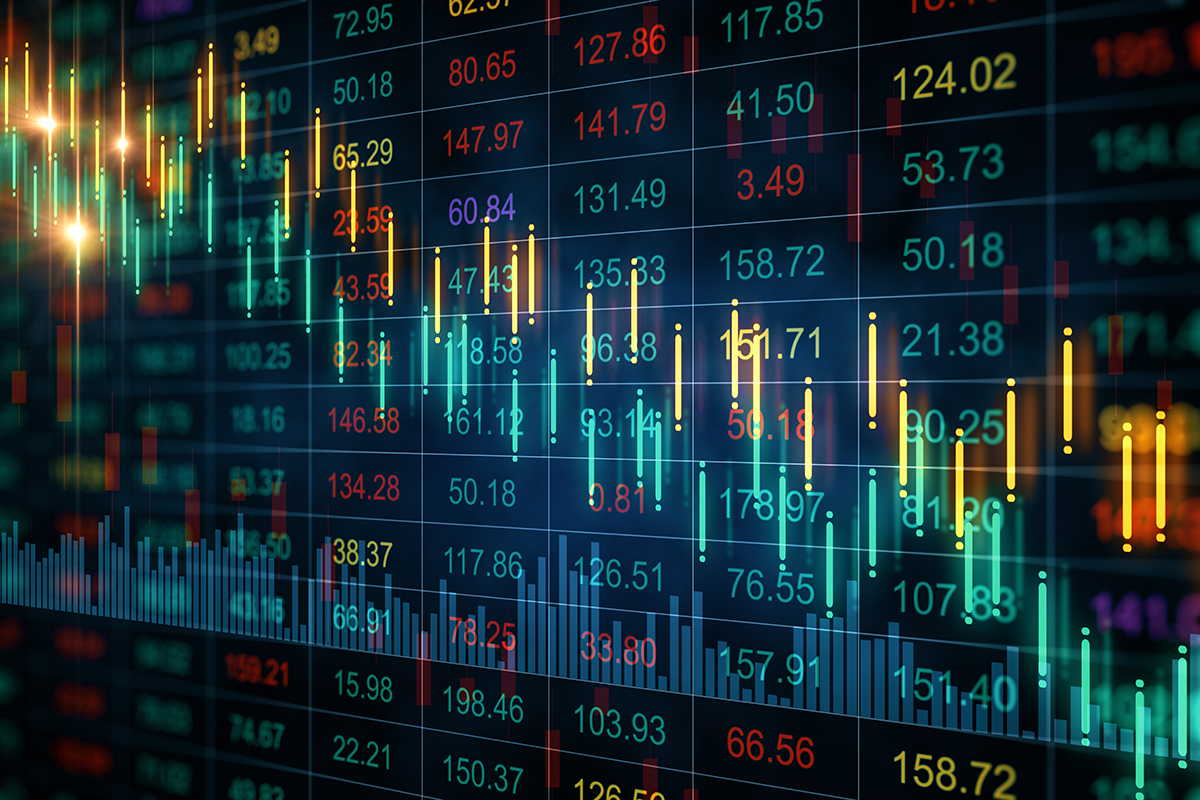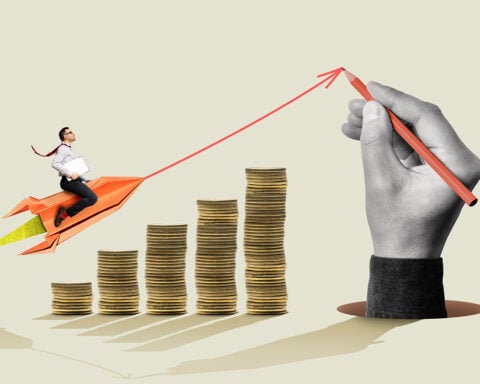Investors are in a heightened state of unease.
The Fear and Greed Index from CNN, which monitors seven market sentiment indicators in the US, slid into a zone of “profound apprehension” this past Thursday. This sentiment hasn’t been seen since last March during a banking turmoil that alarmed investors.
Their concerns now are increasing oil prices, anticipated enduring high-interest rates across the US and Europe, and a stagnant Chinese economy.
To compound matters, the US is on the brink of another potential government halt, which could impact its creditworthiness and subsequently bring about fluctuations in the US stock market.
Michael Hewson from CMC Markets shared with CNN the possibility that the US and Europe might be entering a long spell of stagflation, where interest rates remain elevated. At the same time, economic growth dwindles to the verge of a downturn.
While 2022 was tumultuous, global stocks have recouped most of their downturns. For instance, the S&P 500 (SPX) surged by 11% this year, with Nasdaq (NDX) at 33% and the Stoxx Europe 600 (STOXX) at 5%. Yet, recent weeks have seen a return of investor apprehension. Since mid-September, the S&P 500 and Nasdaq have declined by 5% and 6%, respectively, and the Stoxx Europe 600 has dipped by 3.3%.
Persistently High-Interest Rates
Central banks globally have been escalating borrowing rates over the past two years to rein in inflation. Such high rates traditionally strain stocks as investors lean towards bonds for their comparative stability and assured returns. Additionally, this means corporations will face higher interest payments on their debts, affecting their future profits.
Recent hopes of decreasing US inflation by reversing this policy were dampened when the Federal Reserve hinted at further rate hikes this year and fewer cuts in 2024. With the US economy thriving, there’s a looming fear of another inflation spike, making rates need to remain elevated.
Oil Nearing Triple Digits
Supporting this economic view are the skyrocketing oil prices. Brent crude oil has risen 34% since mid-June, reaching above $96 per barrel recently, primarily due to sustained production cuts from major oil producers like Saudi Arabia and Russia.
US oil reserves have been dwindling, especially at crucial storage locations. Moreover, after releasing significant amounts from the Strategic Petroleum Reserve during the Ukraine conflict, there’s limited capacity to counteract the effects of Saudi Arabia’s aggressive production cuts, as highlighted by Goldman Sachs.
With Russia further compounding issues by limiting exports of key oil products, the outlook remains tight. UBS’s Giovanni Staunovo anticipates Brent prices to hover around $90 to $100 in the forthcoming months.
China’s Economic Woes
Furthermore, concerning economic signals from China are weighing on global stocks. Amidst a debt predicament in its vast real estate sector and record youth unemployment, China’s consumer spending and manufacturing outputs have decreased. While there was some resurgence in August, China’s economic performance post its zero-Covid policy has been lacklustre.
Adding to the apprehension is the ongoing issue with the Evergrande Group, with recent suspensions of its shares igniting doubts over its ability to manage its massive debts. This situation, combined with the overall high debt in China’s real estate domain, raises alarms about potential strains in sections of China’s financial sector.
As the year’s final quarter unfolds, global markets’ interconnected nature is evident. From rising oil prices to China’s economic challenges, the tremors felt in one part of the world echo in another. Investors, regulators, and policymakers must remain vigilant, adaptive, and collaborative in addressing these multifaceted challenges. The markets might be in flux, but with informed decisions and proactive strategies, stabilization and growth can be achieved.







